More than an accessory, a fragrance is fashion’s whispered language. From Mugler’s candy-sweet Angel to Chanel’s timeless elegance, perfumes translate memory, fantasy, and identity into bottles of desire, bridging couture and skin with intimate subtlety.
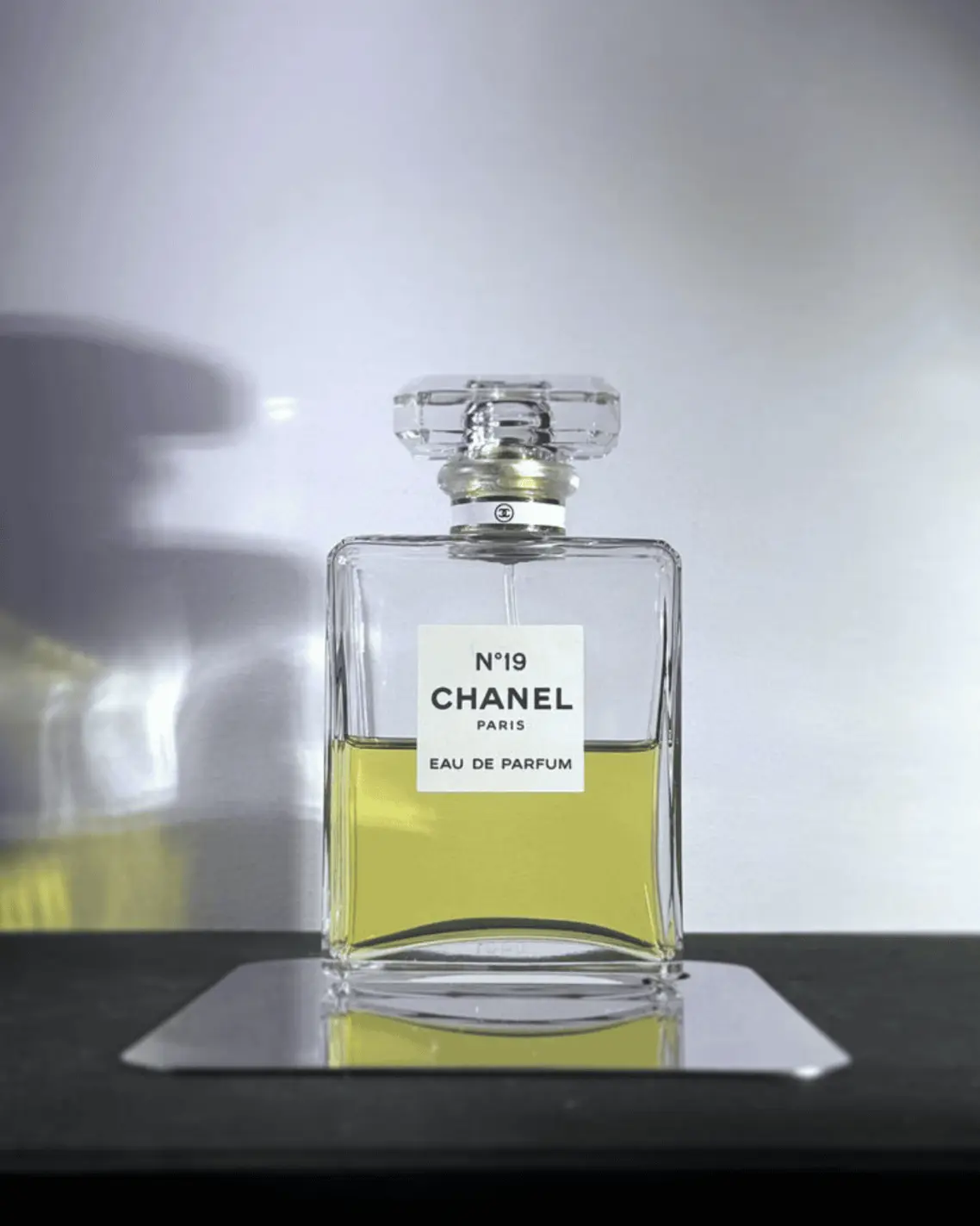
More than an accessory, a fragrance is fashion’s whispered language. From Mugler’s candy-sweet Angel to Chanel’s timeless elegance, perfumes translate memory, fantasy, and identity into bottles of desire, bridging couture and skin with intimate subtlety.
October 10, 2025
More than an accessory, a fragrance is fashion’s whispered language. From Mugler’s candy-sweet Angel to Chanel’s timeless elegance, perfumes translate memory, fantasy, and identity into bottles of desire, bridging couture and skin with intimate subtlety.
Perfume has long been the invisible signature of fashion, a quiet declaration of taste, persona, and aspiration. Unlike handbags or heels, fragrance does not announce itself with a logo; it insinuates, seduces, and communicates silently. Yet, it wields power equal to the boldest runway statement. A perfectly curated scent can transform a dress from mere clothing into a personal narrative, elevating fashion to an intimate ritual of memory and desire.
Consider Chanel No.19, launched in 1971. The queues at New York department stores stretched around the block; women were buying bottles as if they were keys to an invisible society of elegance. Today, designer fragrance remains a multi-billion-dollar business: in 2024, Euromonitor International estimates over $50 billion was spent on luxury perfumes, demonstrating that scent is not merely accessory - it is a symbol of status, self-expression, and identity.
Charles Darwin once observed that humans, unlike most animals, rarely use scent as a form of social communication. But perhaps Darwin would’ve reconsidered had he witnessed the frenzy in department stores when Chanel No. 19 launched in 1971 - or if he’d known that in 2024 alone, billions were spent on perfumes designed to signal nothing less than one’s personal style and taste.
“When you find the right fragrance, you step into the designer’s world,” says Michael Kors. “You share a piece of their dream,” echoes Sophia Grojsman, a master perfumer who has crafted scents for Yves Saint Laurent and Christian Lacroix.
It’s no surprise, then, that women often want their perfumes to be created by the same visionaries behind the clothes they wear. After all, a designer fragrance is rarely just a scent - it’s a coded message, a signature, a silent gesture that reflects the brand's aesthetic.
In 2007, Allure magazine tested whether scents could communicate brand identity. Blindfolding twenty women in Times Square, they asked them to match Daisy by Marc Jacobs with a Gucci fragrance. Seventeen guessed correctly. The conclusion: a designer’s visual language - its lines, textures, and motifs - translates almost seamlessly into scent.
Perfumes also tell stories on the red carpet. At the 2023 Oscars, Zendaya’s fragrance choice reportedly aligned with her Valentino gown, blending notes of jasmine and vanilla to evoke both sophistication and approachability. Rihanna’s Fenty fragrances, with bold fruity florals, are now as iconic as her stage persona, merging pop culture, fashion, and scent into a unified statement.
Like couture gowns, perfumes often begin with a muse or memory. Thierry Mugler’s Angel (1992) drew inspiration from his childhood fascination with cotton candy. Ann Gottlieb, creator of Dior J’adore and CK Obsession, notes: “You can actually smell that sugar, transformed into sophistication.”
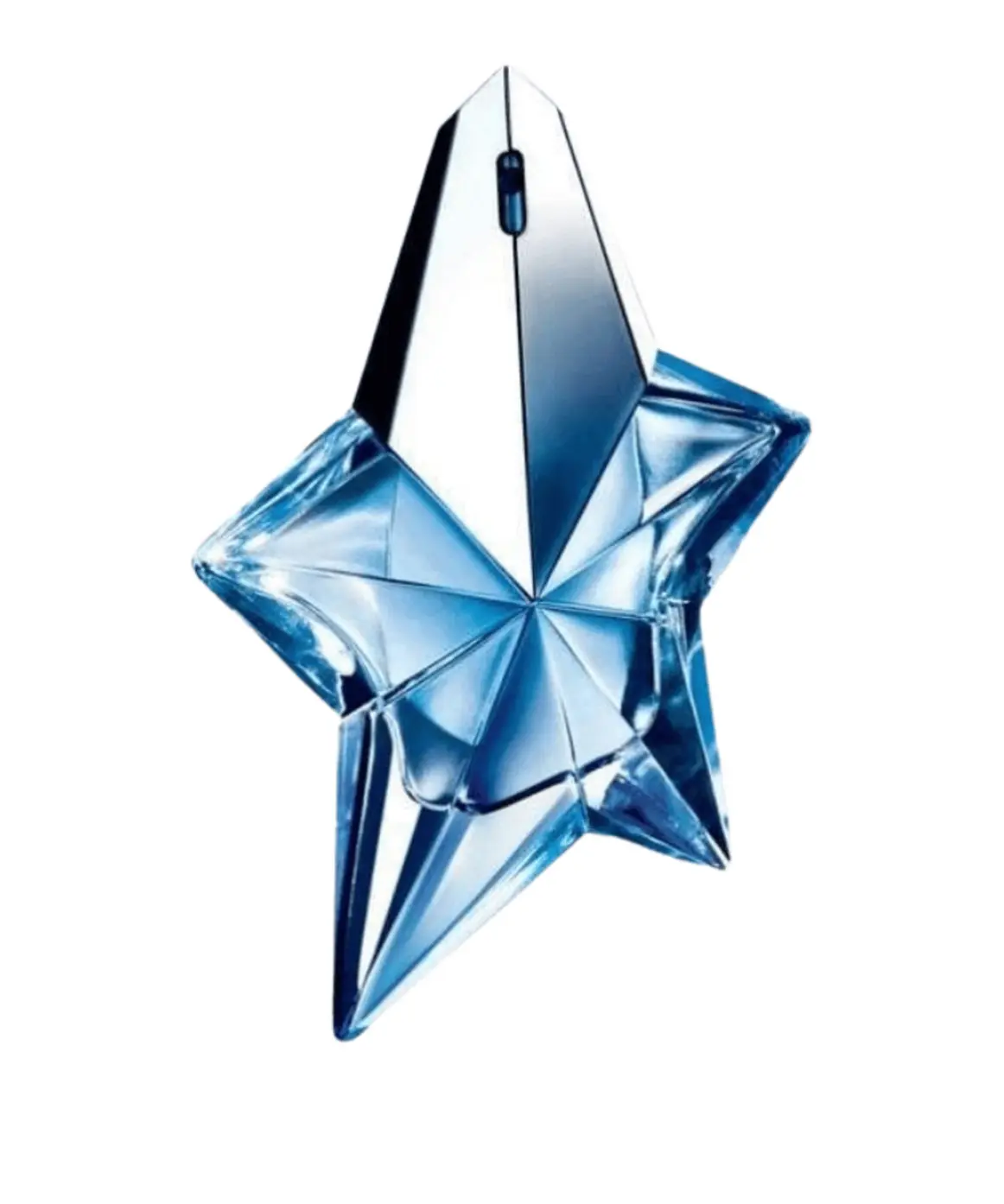
Michael Kors’ fragrances pay homage to an elegant aunt who always wore tuberose. Donatella Versace frequently cites jasmine from Reggio di Calabria, her childhood home, as the soul of her perfumes.
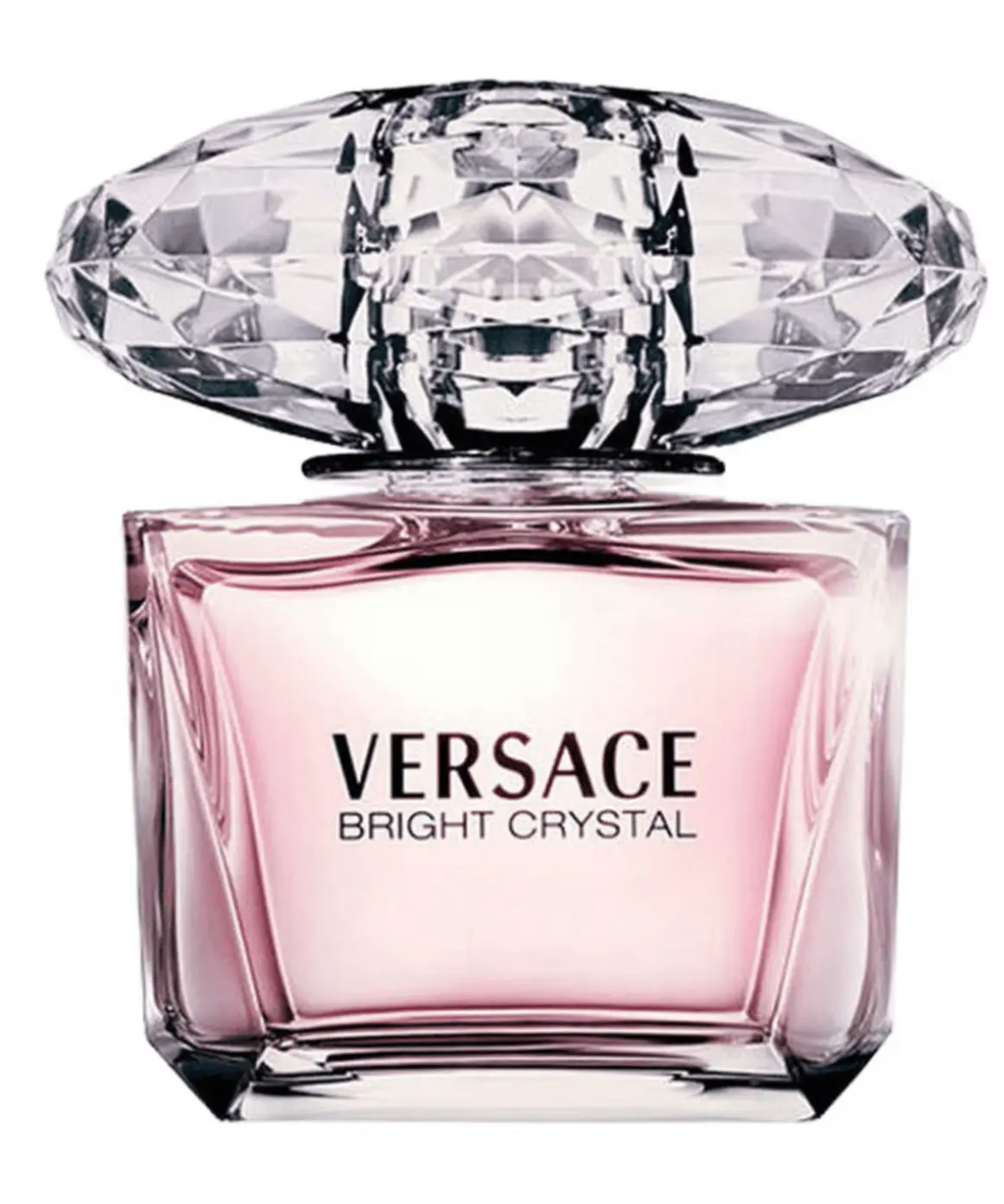
Giorgio Armani’s Emporio Armani Diamonds arose from a request for “a scent like diamonds,” resulting in an olfactory embodiment of eternal elegance.
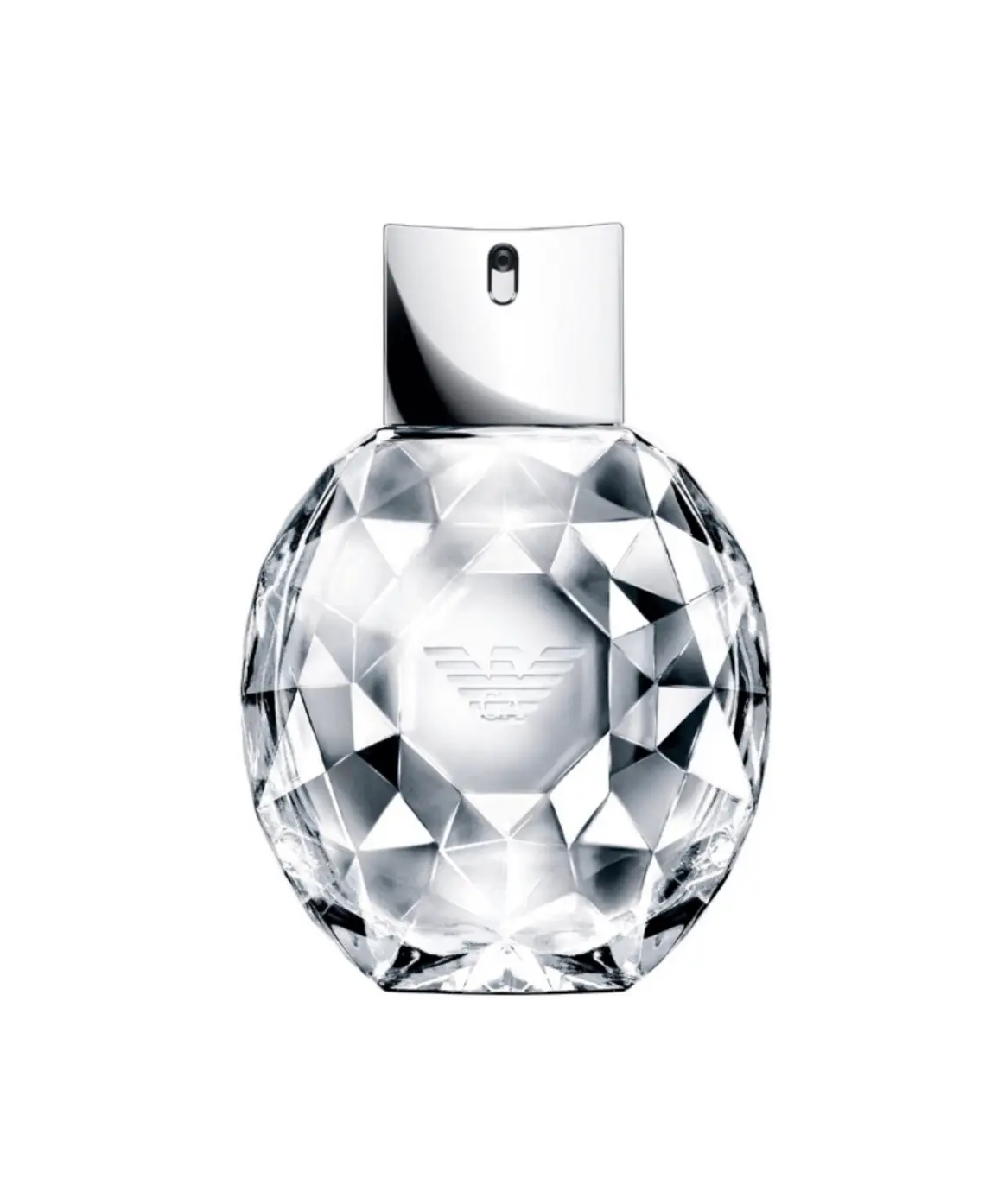
Even the most abstract inspirations have led to iconic creations: Gucci Flora Gorgeous Gardenia, designed for Miley Cyrus’ 2023 campaign, melds citrus, peony, and gardenia into a youthful, playful homage to femininity, while Prada Paradoxe’s sharp triangular flacon echoes the house’s architectural approach to design.
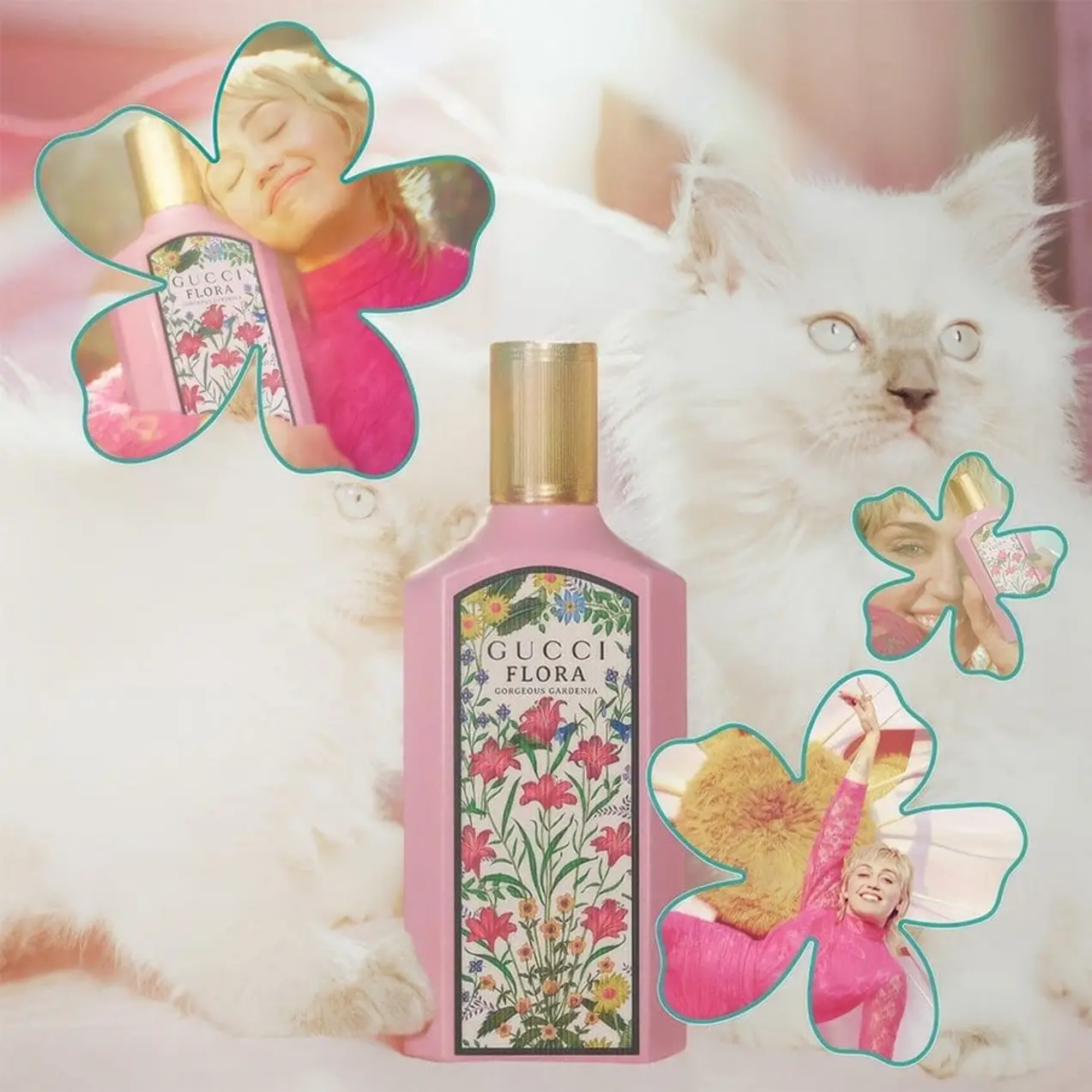
Creating a fragrance is part science, part poetry. Grojsman explains: “We study the designer’s fabrics, their runway collections, and who wears the clothes. Each note is orchestrated like a seam.” Rose and peony might be anchored by blackcurrant or moss; Egyptian cumin introduces subtle sensuality; ambroxan or patchouli adds warmth and depth.
Perfume bottles are equally expressive. Gucci by Gucci featured a horsebit charm, Prada’s Infusion d’Iris highlights the signature pale green and handbag silhouette, and Paco Rabanne’s Phantom combines scent with futuristic tech, embedding an NFC chip. Even Nina Ricci’s L’Air du Temps, first launched in 1948, inspired Olivier Theyskens’ feather-trimmed 2007 collection - demonstrating that fragrance can influence fashion just as much as it complements it.
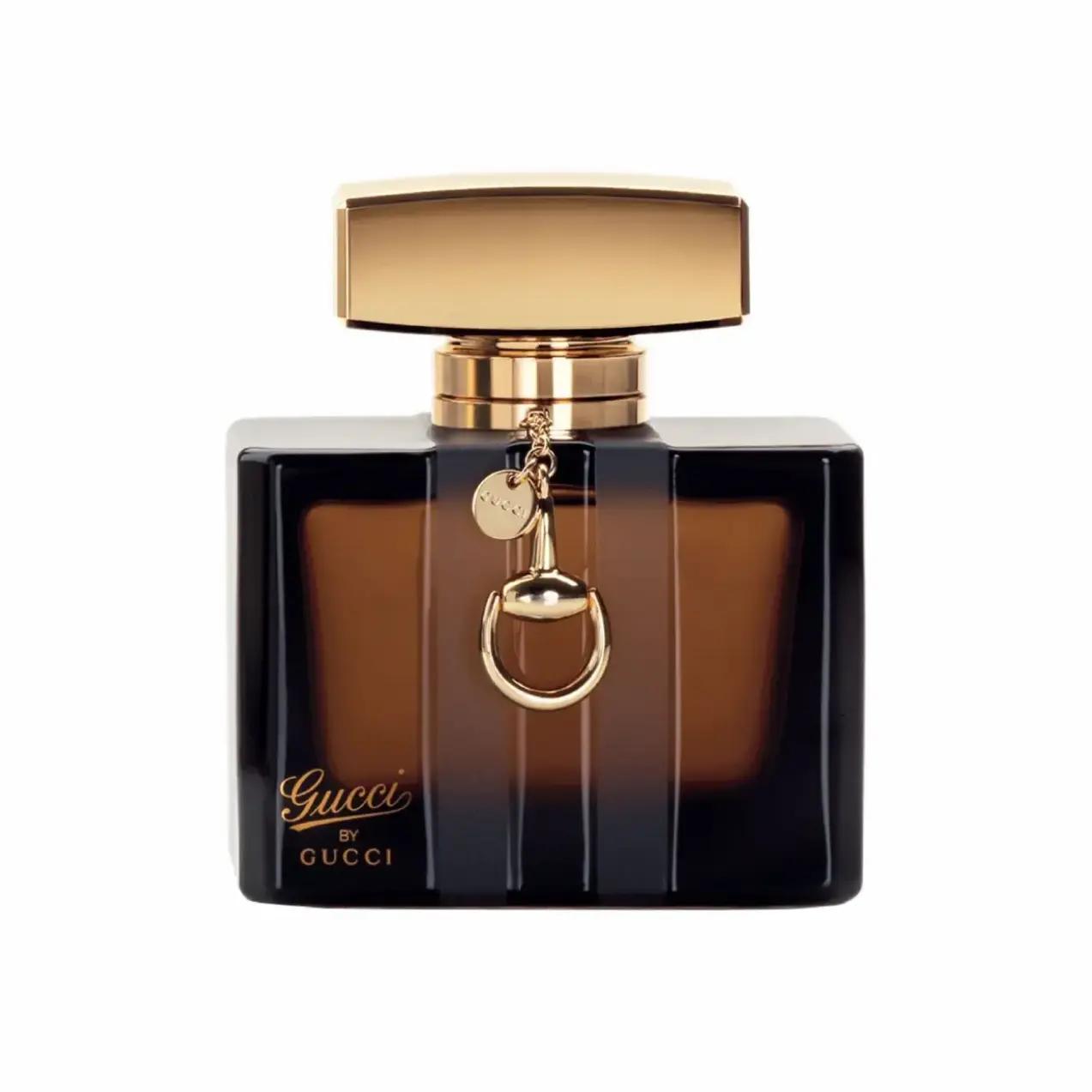
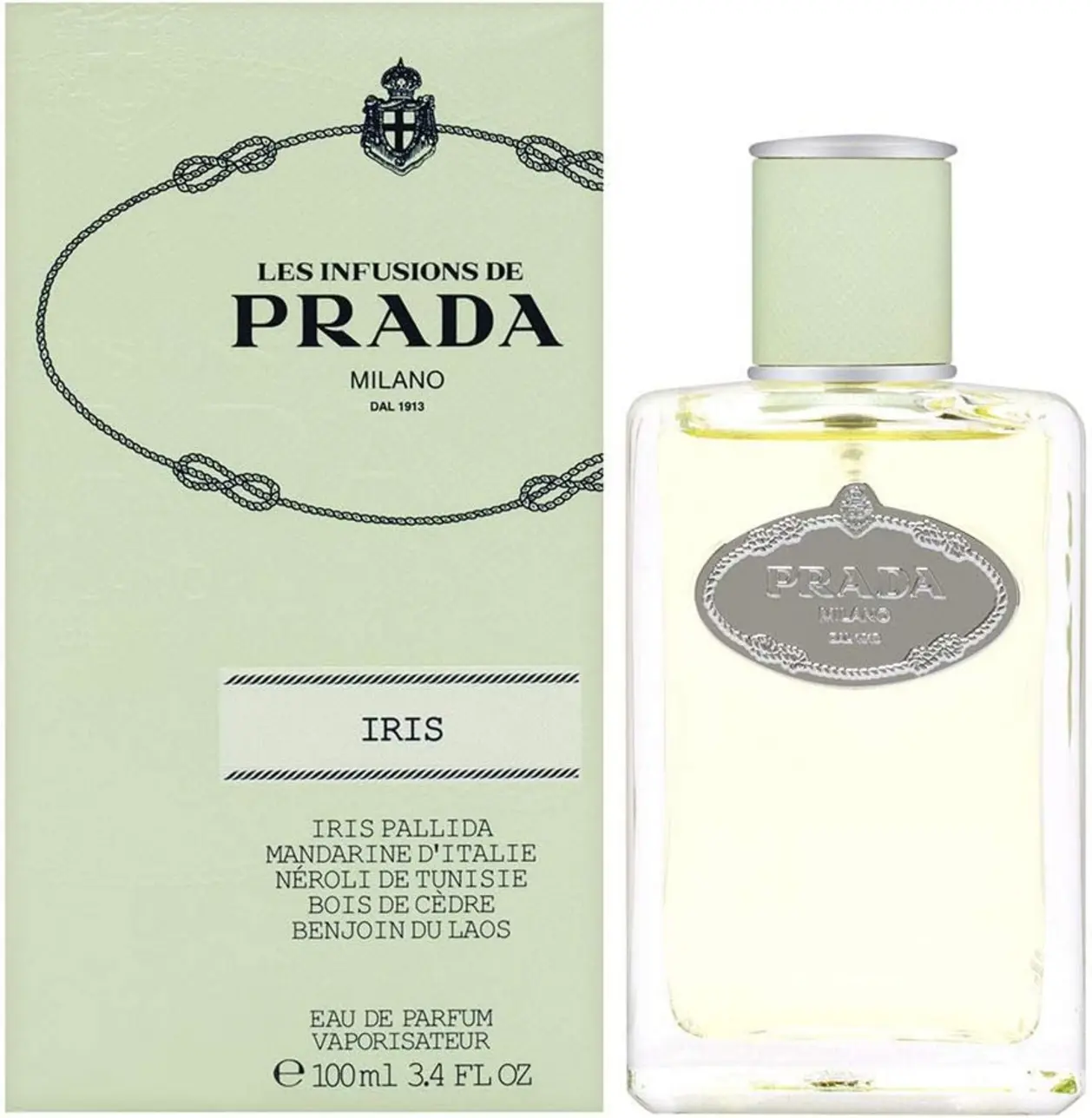
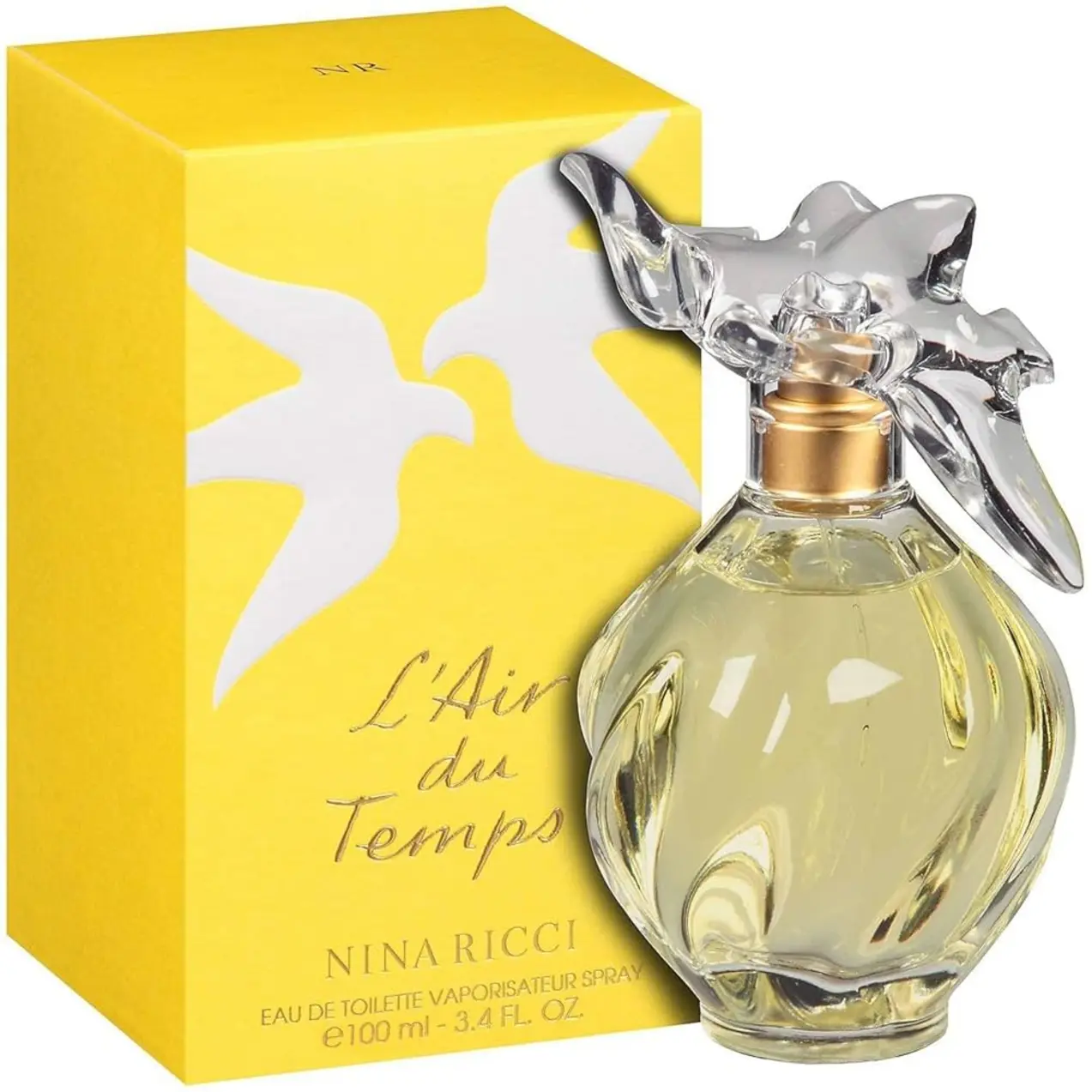
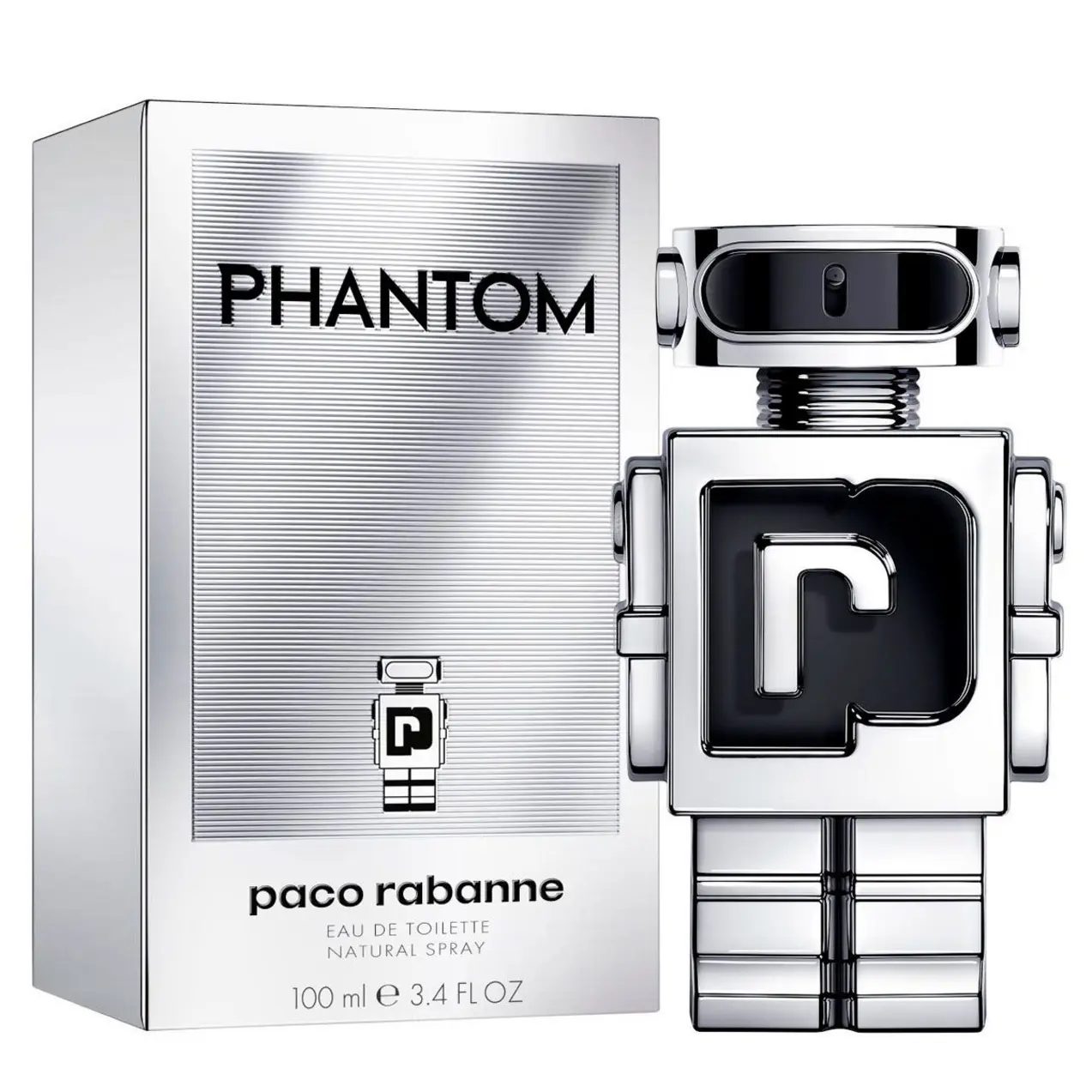
During Paris Fashion Week 2022, backstage reports noted that nearly every model on Dior’s runway had been subtly scented with J’adore, ensuring that the fragrance became part of the presentation, lingering on editors and buyers alike. Milan’s Gucci show in 2023 incorporated a subtle mist of Flora Gardenia in the entrance hall, creating an immersive olfactory experience before the models even stepped out.
These choices are no accidents. Designers understand that perfume can act as an emotional bridge, connecting the audience to the collection’s narrative. Dr. Alan R. Hirsch of the Smell & Taste Treatment and Research Foundation in Chicago notes: “We smell with our eyes and minds before our noses. A fragrance can evoke memory, mood, and desire simultaneously.”
Perfume is never just a scent. It is desire bottled, a whisper of personality, a private ritual of sophistication and self-expression. Luxury fragrance buyers in 2022 reported that 68% purchased perfumes primarily for self-expression, rather than function. To wear a designer fragrance is to inhabit the designer’s dream, to participate in an intimate dialogue of fashion and identity.
As Suzy Menkes might remind us, fashion is not solely about what we see - it is what we carry, inhale, and remember. In the world of fragrance, every spritz tells a story, every bottle preserves a dream, and every wearer becomes both muse and message in a bottle.